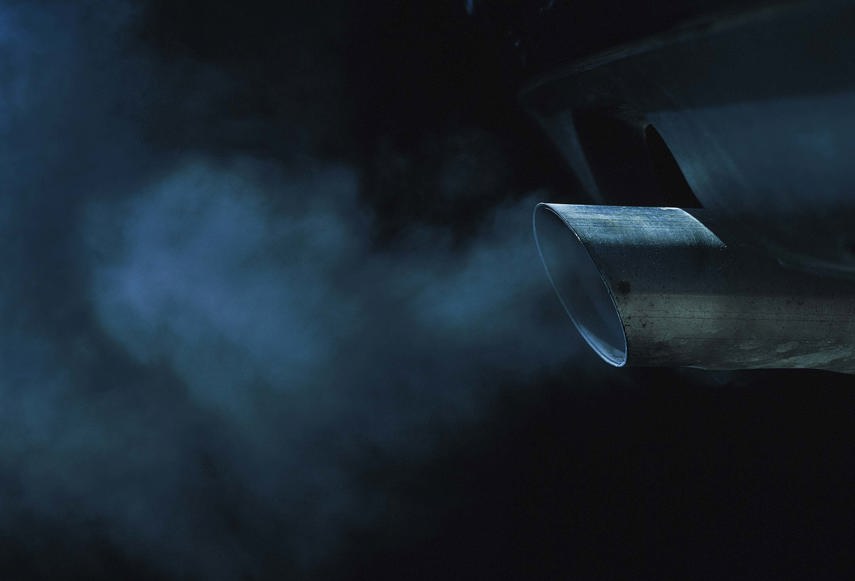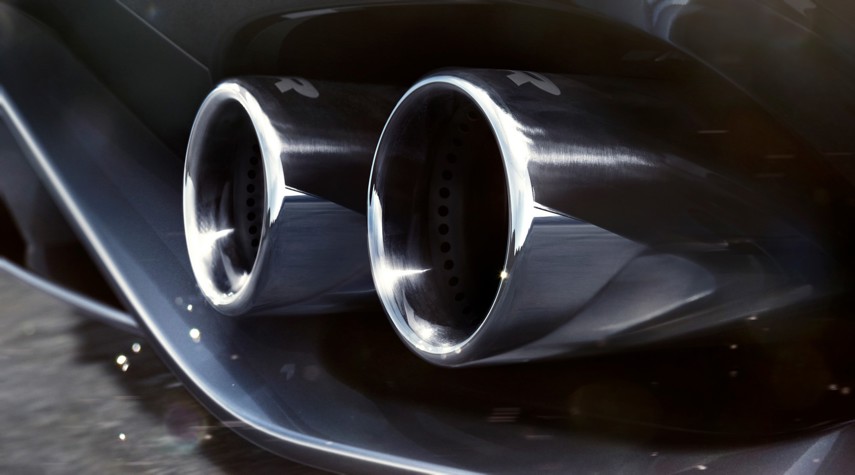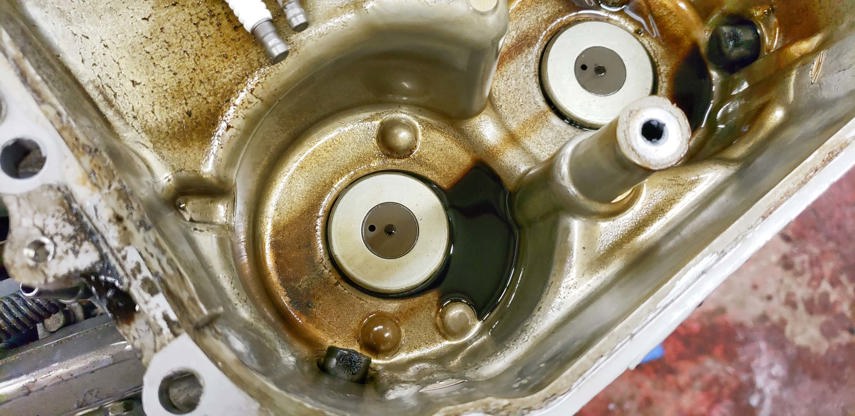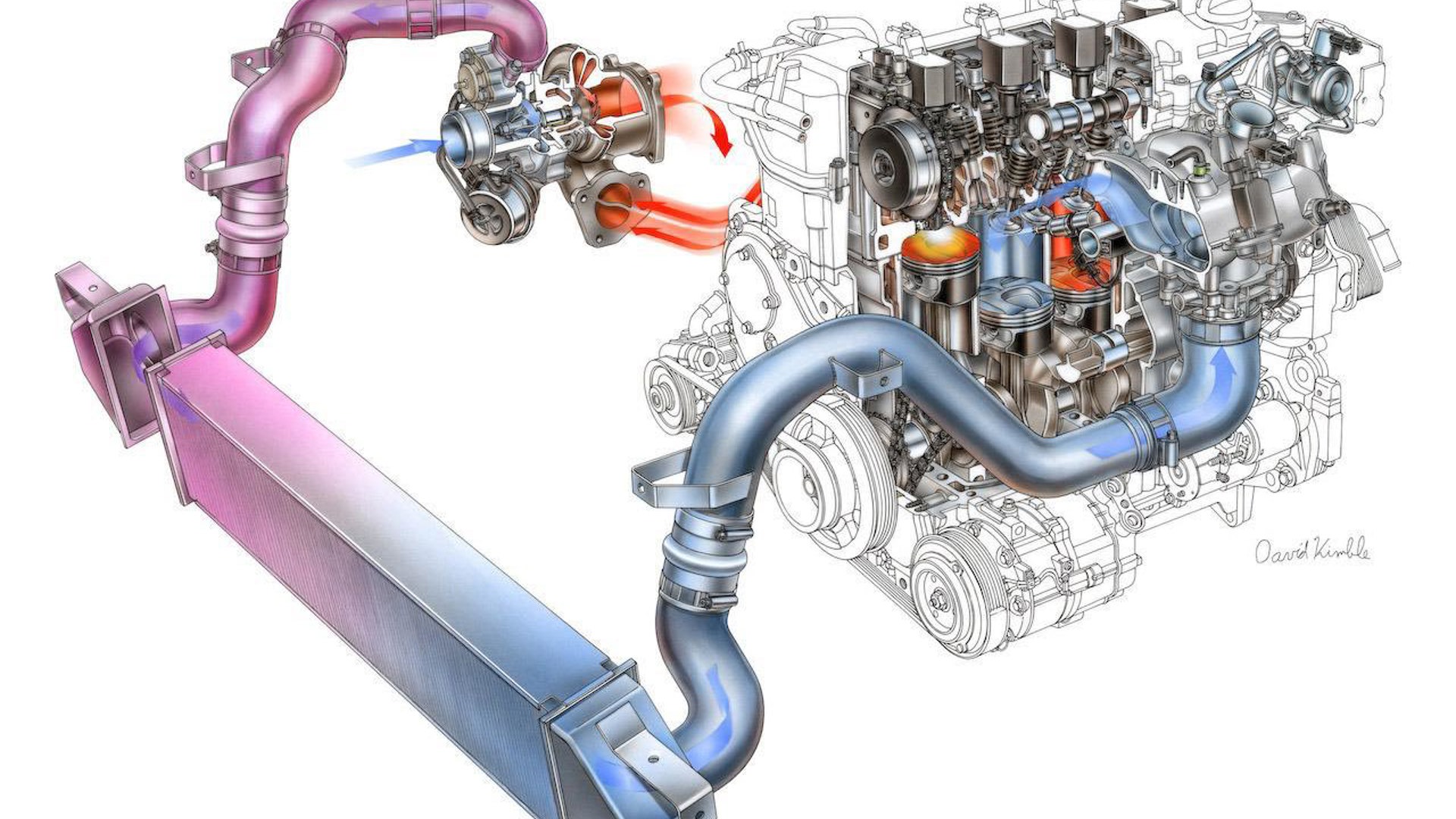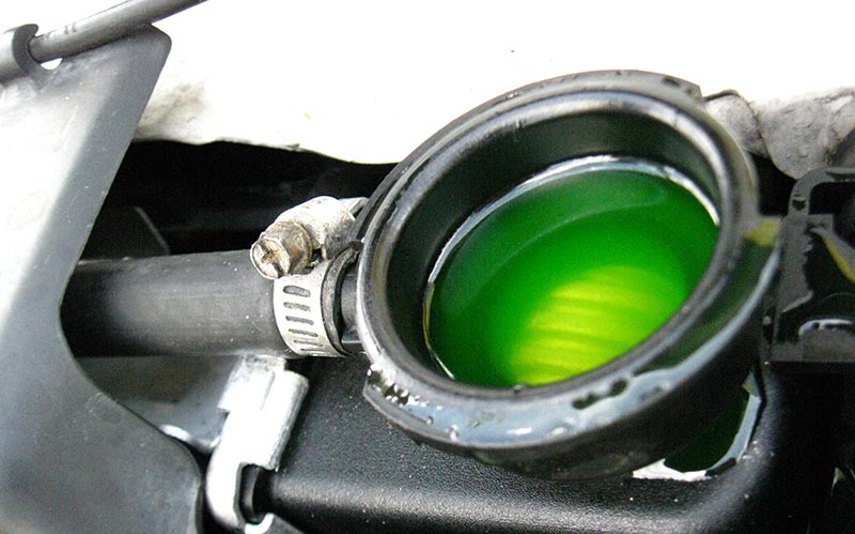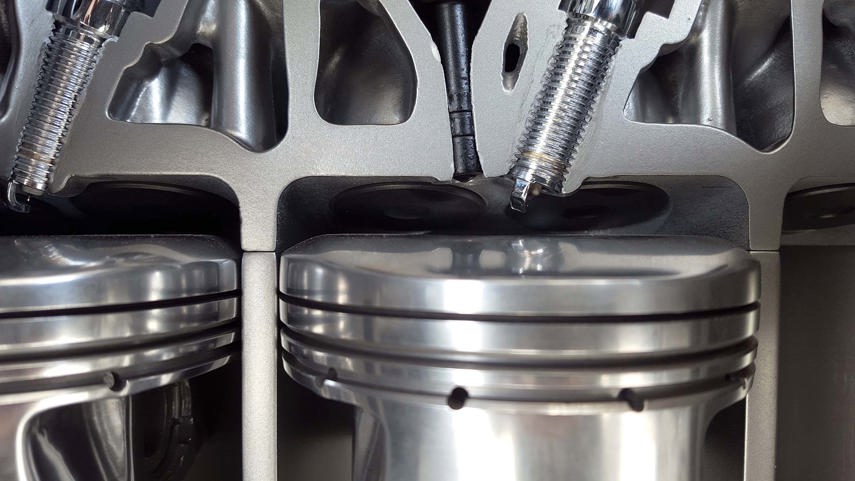Your car’s exhaust stream is unlikely to attract much of your attention until there’s a problem such as the alarming presence of any smoke or vapour that’s an abnormal colour. These unusual emissions from your vehicle’s exhaust typically indicate a serious issue with your car that needs to be fixed quickly.
Your engine is designed to combust gasoline, air, and a small amount of oily crankcase vapour that’s naturally created while it’s running. When properly combusting these ingredients many times per second, the exhaust stream should be pretty much invisible.
Your engine, however, contains other fluids like oil and coolant that aren’t allowed to enter its combustion chambers or exhaust stream unless there’s something seriously wrong.
Below, we’ll look at some types and colours of unusual exhaust emissions, what they could mean, and what you should do if you see them.
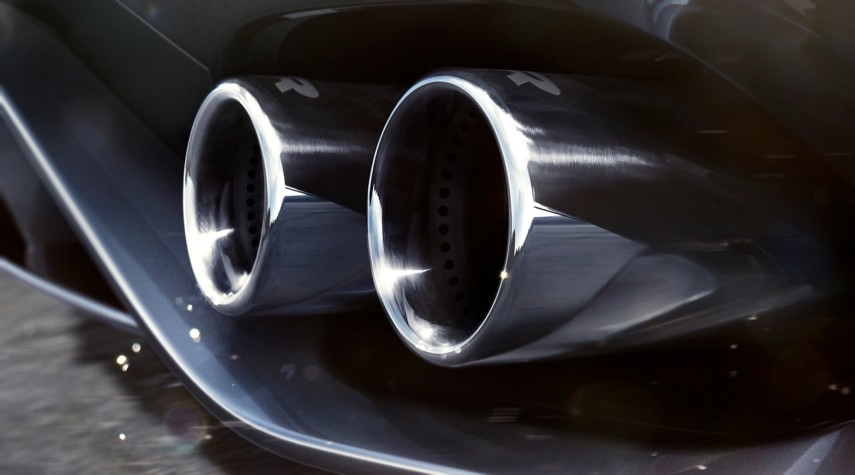
Colour: Nothing
Situation
Normal
Emission Description
Standard exhaust smell, largely invisible emissions
Notes
Brief periods of lightly visible tailpipe emissions are possible in some situations, especially in the cold.
Details
The normal exhaust pipe emissions from a healthy engine should be mostly invisible.
There are a few exceptions, for instance, white and wispy steam at engine startup is normal, especially in cold weather. This is caused by the difference in temperature between the exhaust gas stream, the metal plumbing that carries it to the tailpipe, and the temperature of the ambient air. A little whiff of wispy steam at engine startup is fine: It’s the same thing as seeing your breath on a cold morning.
Further, at full throttle, a faint puff of haze or smoke is also normal, with turbocharged and higher-performing engines more likely to briefly emit visible emissions like this at or near full throttle.
In general? Other than some steam, a healthy gasoline-burning engine should produce little to no visible exhaust emissions.
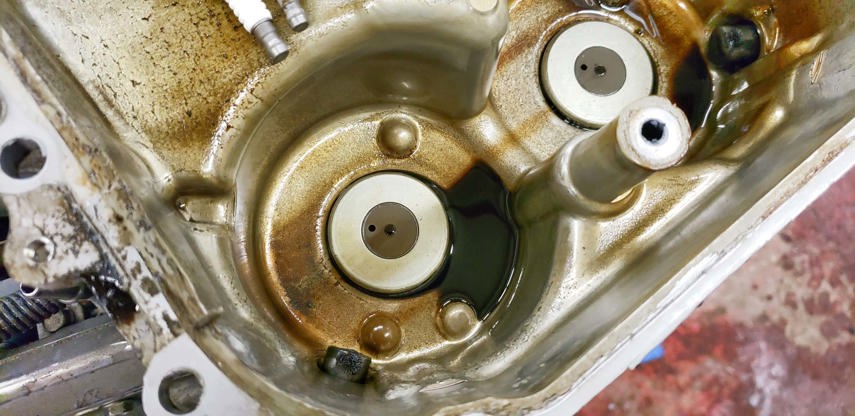
Colour: Bluish Grey
Situation
Your engine is burning oil
Emission Description
Hazy blue-grey vapour / smoke that smells like chainsaw or dirt bike exhaust
Notes
These emissions may or may not be present in all situations
What to Do
Check oil level, check air filters and PCV (positive crankcase ventilation) valve for blockages, call your favourite mechanic
Details
A blue, grey, or bluish-grey smoke or haze from your vehicle’s exhaust indicates that engine oil is being combusted within the combustion chambers along with gasoline.
In this situation, a typically thin blue or grey haze is visible from the exhaust, along with the naturally occurring white steam that may be visible at times as well. There’s usually a strong smell associated with this, and it’s not unlike the exhaust of a two-stroke engine (for instance, from a chainsaw, dirt bike, or boat motor).
The blue/grey exhaust vapour may be difficult to see. A bluish fog may form behind your car as it’s running while parked, or it may follow your car around as you drive.
There are numerous ways that engine oil can wind up in the combustion chambers of your engine, where it doesn’t belong. Most are serious and indicate a failure of one or more of the various seals and gaskets designed to keep engine oil out of the cylinders.
Grey or blue smoke could indicate a problem with one or more pistons and piston rings, a problem with valve seals, or a problem with the engine’s head gasket(s). All of these are serious issues.
A few other less-serious causes of blue and grey smoke do exist, however. For instance, it could be caused by a clogged or restricted PCV valve or some issue with the intake system of the vehicle, like a badly clogged air filter. Both of these can make it difficult for important parts of your engine to breathe, indirectly causing oil to be drawn into the cylinders and burned off.
Note that grey or blue exhaust smoke also means your engine is consuming its own oil supply. This is like driving around with an oil leak and, if left unchecked, even further engine damage is likely. Engine failure is also a possibility.
If you notice blue or grey smoke from your tailpipes, you’re best to have a mechanic assess the vehicle as soon as possible, bracing for a hefty repair bill in the process.
If your vehicle is still under remaining powertrain warranty, make an appointment to have it assessed by a dealership immediately. A defective part or engine may be to blame. Keep all documentation for future use in case a warranty claim is required.
Some owners of older oil-burning cars forgo repairing the problem and simply continue adding engine oil on a regular basis.
Attentive motorists who check their engine oil regularly should note that any sudden and unexplained drop in engine oil levels is another good reason to have your vehicle assessed professionally and to keep an eye on tailpipe emissions for signs of the dreaded grey-blue haze.
If checking your vehicle for signs of burning oil, remember that the vapour may not be present at all times while the vehicle is running or driving. Some oil-burning may only take place after sustained periods of driving, some may only occur during engine startup while the engine is cold, and some may occur at virtually all times. Be attentive.
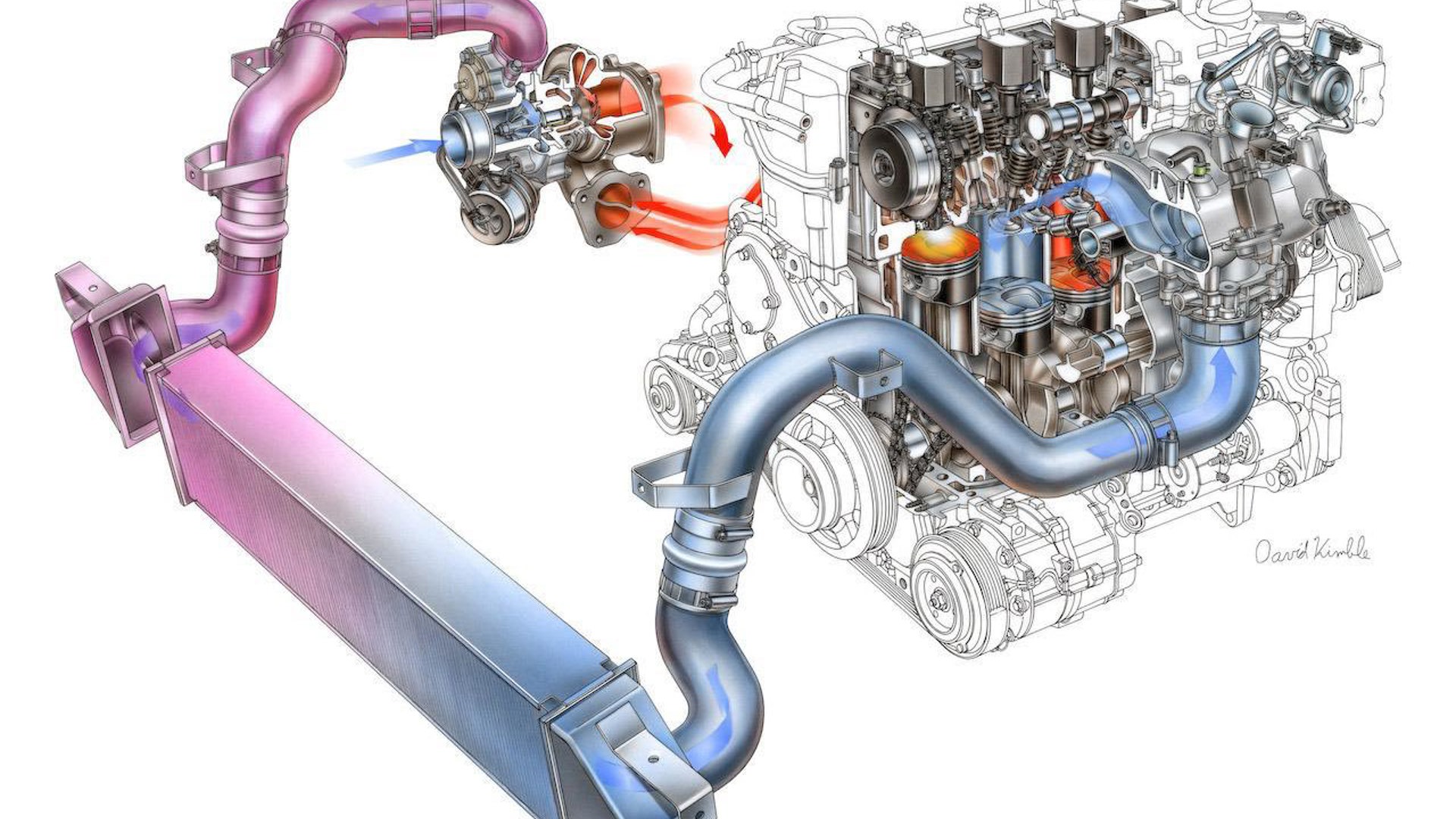
Colour: Hazy/Greasy White Vapour
Situation
Your turbocharger is burning oil
Emission Description
Hazy/greasy white vapour that smells strongly of engine oil
Notes
Oil tends to create a blue-grey colour when burned in the presence of gasoline. If burned without gasoline present (for example, outside of the cylinders), the colour tends to be whiter and the oily smell tends to be much stronger.
What to Do
Examine turbocharger system for signs of an internal oil leak. Ask a professional to assess if you’re unsure how.
Details
This is a rare problem, but one worth being aware of if you’re driving a car with a turbocharged engine – which are increasingly common.
An engine that’s burning oil will tend to emit a blue/grey haze. The blue colour happens when engine oil is burned in the presence of gasoline, for instance, within the engine’s cylinders.
If engine oil is burned outside of the combustion chamber (and therefore, not in the presence of gasoline), the resulting vapour will tend to smell more strongly of oil, and lose its blue colour, leaving a whiter, lighter-coloured vapour instead.
This might indicate turbocharger trouble, specifically an internal turbocharger oil seal problem that’s allowing oil to heat up and burn within the turbocharger assembly.
If you notice exhaust emissions as described above, an inspection of the turbocharger is a great place to start.
Visible emissions may be more likely while the engine is running at operating temperature but before the vehicle has been driven. This is why I recommend that used car shoppers looking for a turbocharged vehicle perform a little test before their test drive.
First, confirm that the vehicle hasn’t been driven for several hours and that the engine is dead cold. Then, start the engine and let it idle for three to five minutes before driving the car. If the turbocharger has an oil sealing problem that results in this type of visible emission, this may cause it to reveal itself.
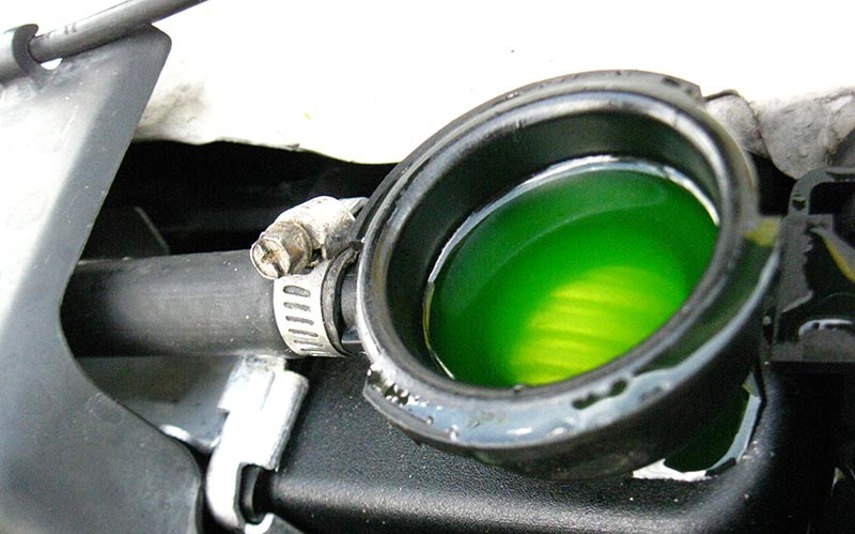
Colour: Thick White Vapour
Situation
Your engine is burning coolant
Emission Description
Thick, heavy, lingering white vapour that may impede visibility. Typically has a sweet, toasted sugar-like smell.
Notes
If you suddenly notice an immense volume of white vapour from your car’s tailpipe, burning engine coolant is the likely cause
What to Do
Seek a professional assessment immediately. Avoiding driving is advised to prevent further engine damage.
Details
If you notice a thick plume of hearty vapour that’s virtually pure white in colour, prepare your wallet. This vapour typically appears in abundance when engine coolant is allowed to enter the combustion chamber.
I have experienced this problem with two of my personal vehicles over the years. In each case, the sheer volume and thickness to the white vapour were alarming. Unlike burning oil, burning engine coolant can result in a quantity of white exhaust vapour that can block visibility for motorists following you in traffic.
This is a serious issue typically caused by a failed head gasket, a cracked or damaged cylinder head, or a cracked or damaged cylinder block. In some cases, white vapour like this may indicate a problem with the vehicle’s turbocharger, as well.
In any case, the diagnosis isn’t likely to be pretty. Replacing a damaged head gasket can result in a bill that runs into the thousands, and a cracked cylinder head or block will require the engine to be totally rebuilt or replaced.
If you notice this type of vapour on an in-warranty vehicle, have it assessed by a dealership immediately. Extensive engine repairs or a replacement engine are likely required.
Three final notes here.
First, note that a telltale sign of burning coolant (aside from the massive amounts of vapour), are a sweet smell to the emissions, perhaps similar to toasted or burnt sugar. This smell is caused by the burning of one of the ingredients commonly used in engine coolant.
Second, as this problem results in your engine losing coolant while driving, the engine in question is at a significantly increased risk of overheating, which will cause further damage. It’s like driving around with a coolant leak.
Finally, note that regular cooling system inspections and maintenance, as well as regular fluid-level checks, can often reveal issues like this while they’re still minor and hopefully less expensive to fix.
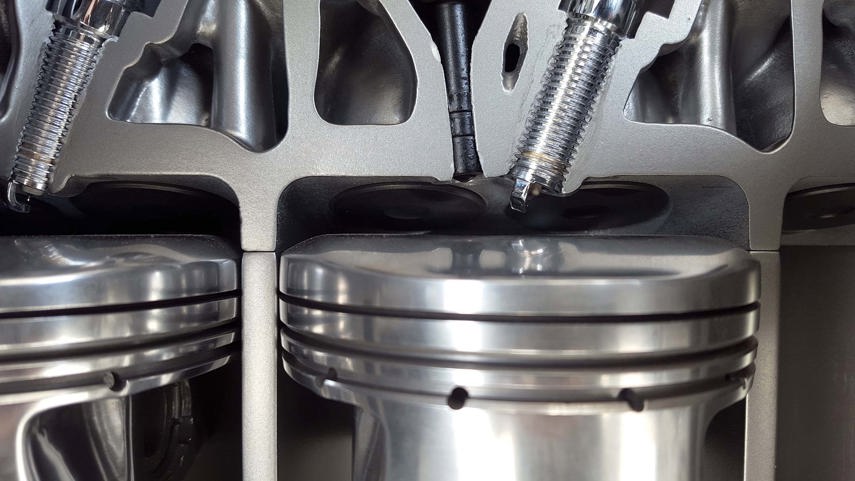
Colour: Dark Grey or Black Vapour/Smoke
Situation
Your engine has a fuelling problem
Emission Description
Frequent or continuous emission of a dark grey or black vapour/smoke from the tailpipes
Notes
Visible emissions related to this problem may manifest sporadically, possibly alongside the illumination of a Check Engine Light (CEL).
What to Do
Seek a professional assessment immediately to remedy the problem and prevent further damage.
Details
Black, sooty smoke from the tailpipe is usually the result of a fuel mixture that’s too rich. Put another way, your engine is being fed more fuel then it can burn. The excess fuel doesn’t combust properly and causes the exhaust stream to turn black.
The occasional, brief puff of black smoke or haze is somewhat normal at full throttle, especially in turbocharged and performance cars. Continued emission of black smoke, or a large amount thereof, is a great indication to have your fuel delivery system and associated electronics and sensors checked out.
A CEL may also illuminate on your instrument cluster. This is your vehicle’s way of inviting you to have a professional complete a diagnostic scan to quickly determine the cause(s) of the problem.
